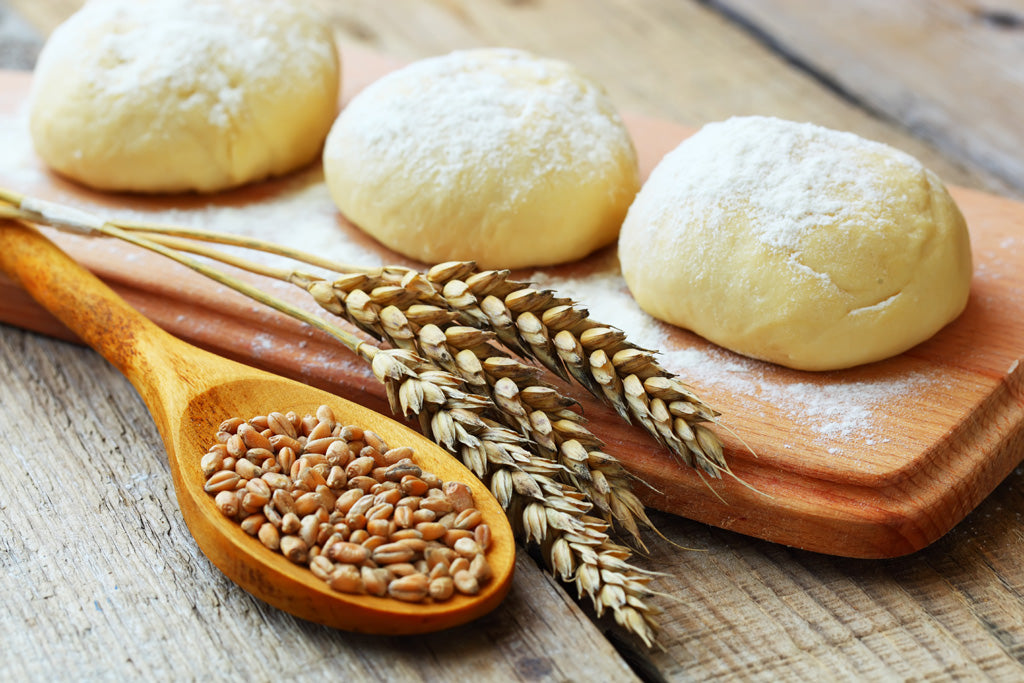Сравнение ингредиентов теста: вода против молока - влияние на текстуру, вкус и питательную ценность

Некоторые рецепты теста используют воду, а другие — молоко. В чём разница с точки зрения результата?
Использование воды или молока в тесте может привести к разной текстуре, вкусу и общим характеристикам конечного продукта. Вот некоторые различия:
-
Текстура: Тесто на молоке обычно мягче и богаче по текстуре по сравнению с тестом на воде, которое может быть более плотным и твёрдым.
-
Вкус: Молоко добавляет тесту лёгкую сладость и насыщенность, тогда как вода даёт более нейтральный вкус. Это может повлиять на общий вкус выпечки.
-
Цвет: Молоко также может придавать слегка золотистый цвет готовому продукту благодаря реакции Майяра — химической реакции между аминокислотами и восстанавливающими сахарами, которая придаёт поджаренным продуктам желаемый вкус и цвет.
-
Пищевая ценность: Молоко добавляет дополнительные питательные вещества, такие как белки, жиры и витамины (особенно витамин D, если молоко обогащено), что может улучшить питательный профиль выпечки.
-
Аллергии и предпочтения: Использование воды вместо молока делает рецепт подходящим для людей с непереносимостью лактозы или аллергией на молочные продукты. Это также учитывает диетические предпочтения, такие как веганство.
-
Стоимость: Вода обычно дешевле молока, поэтому использование воды вместо молока может быть более экономичным, особенно при масштабном выпекании.
В конечном итоге выбор между использованием воды или молока в тесте зависит от желаемых характеристик конечного продукта, диетических соображений и личных предпочтений.















Оставить комментарий